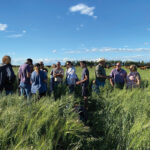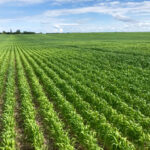In mid-July, I received a call from Carl, a grain farmer located near Onoway, Alta., who was concerned about disfigured canola plants in one of his fields. “It’s not a disaster yet and it seems to be happening in just one field, but I’d like to solve the issue before it gets any worse,” he […] Read more













